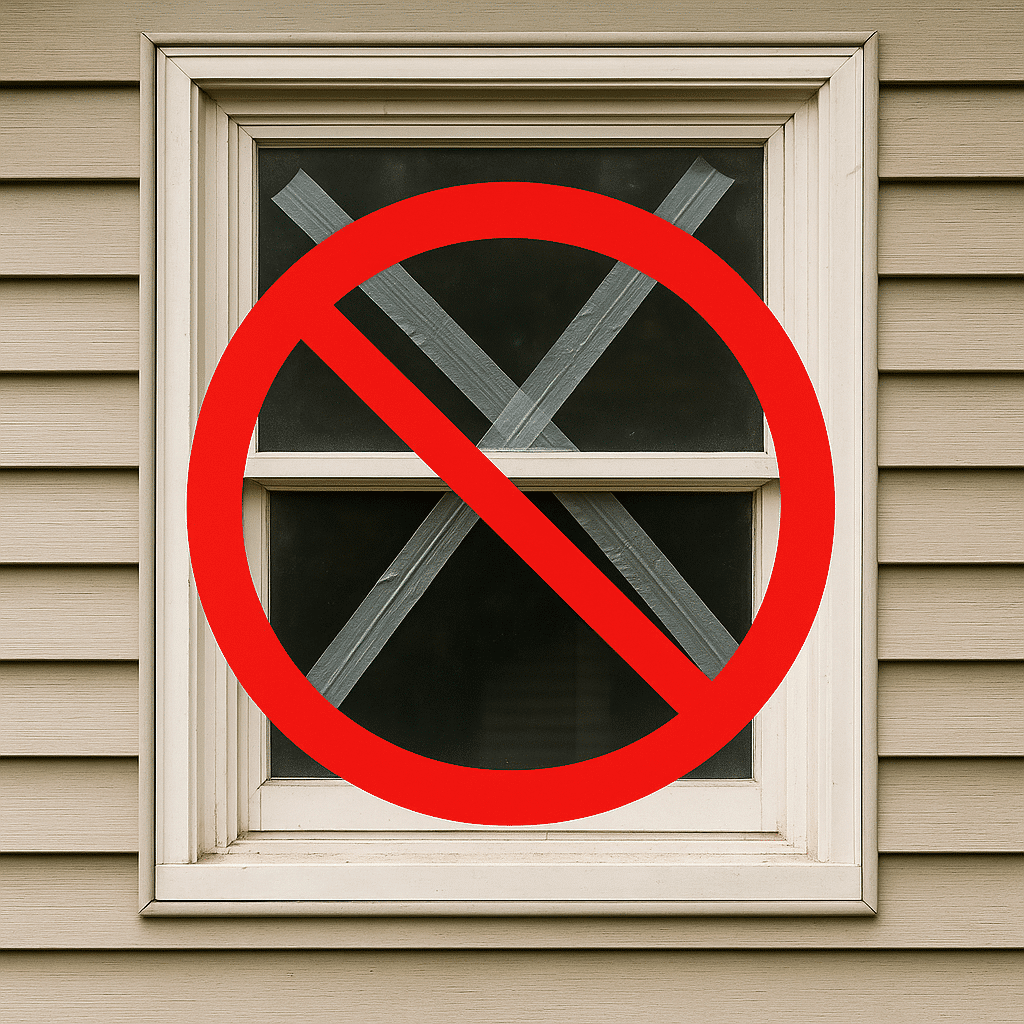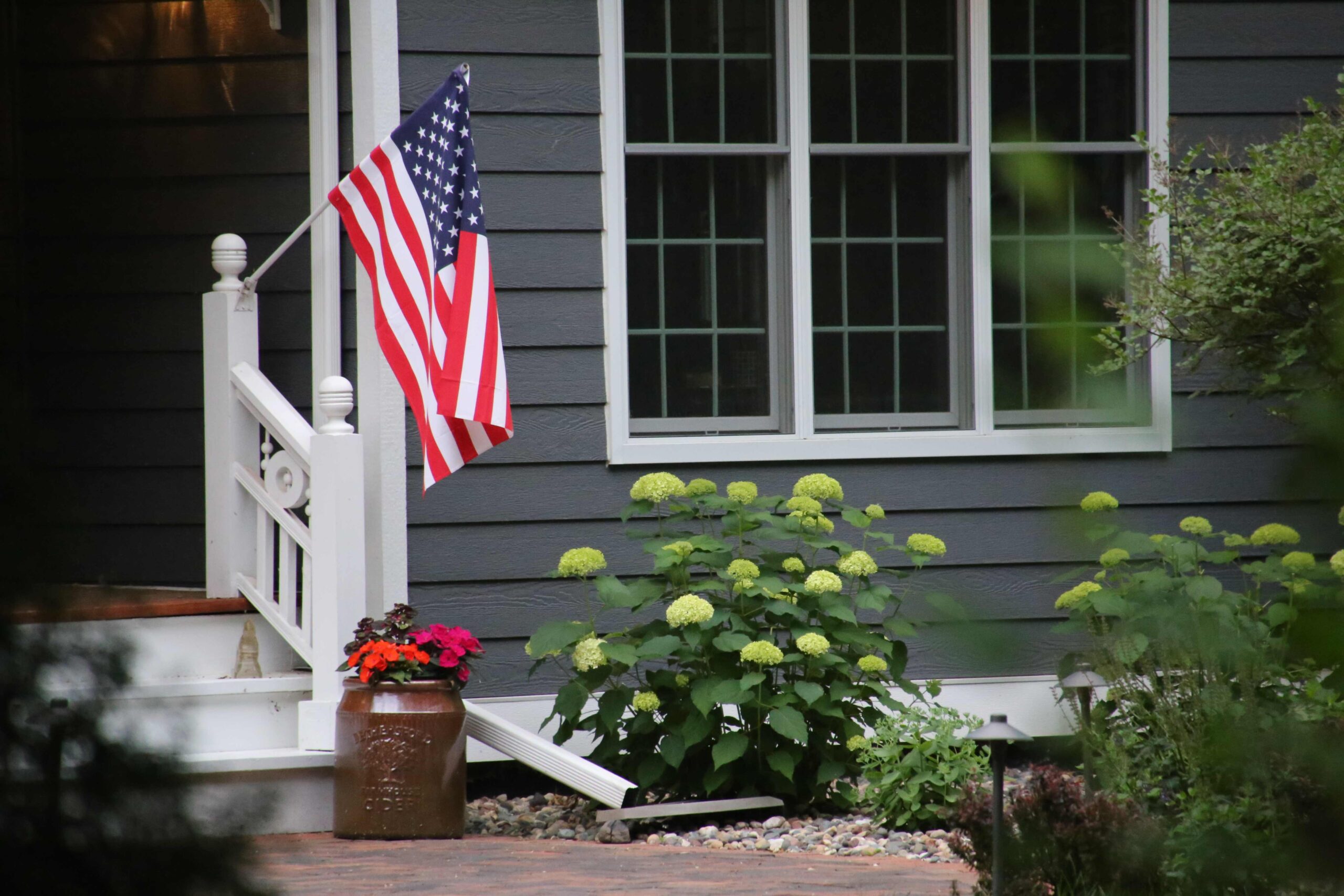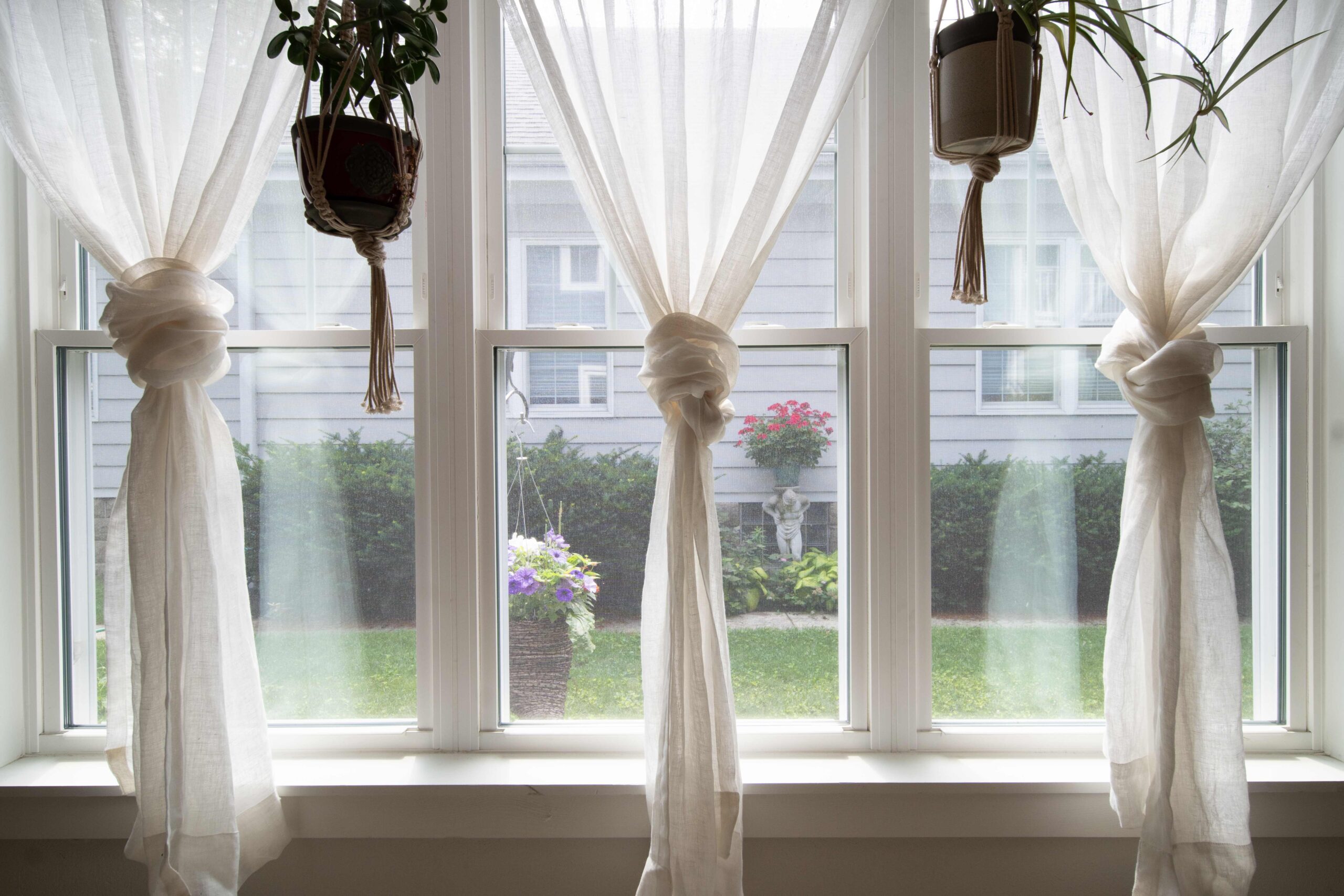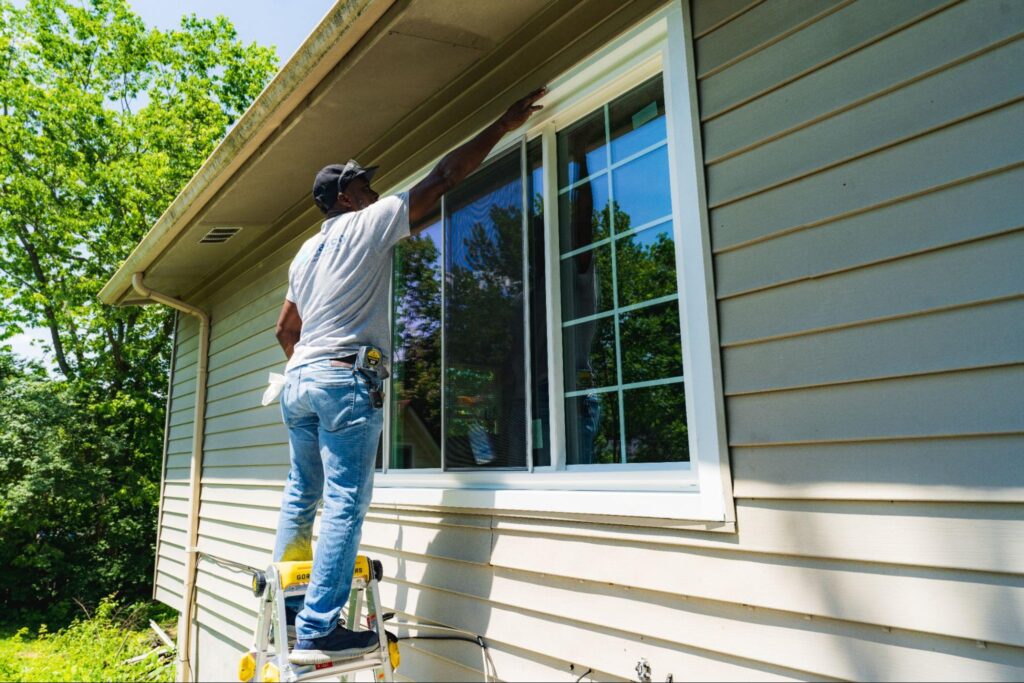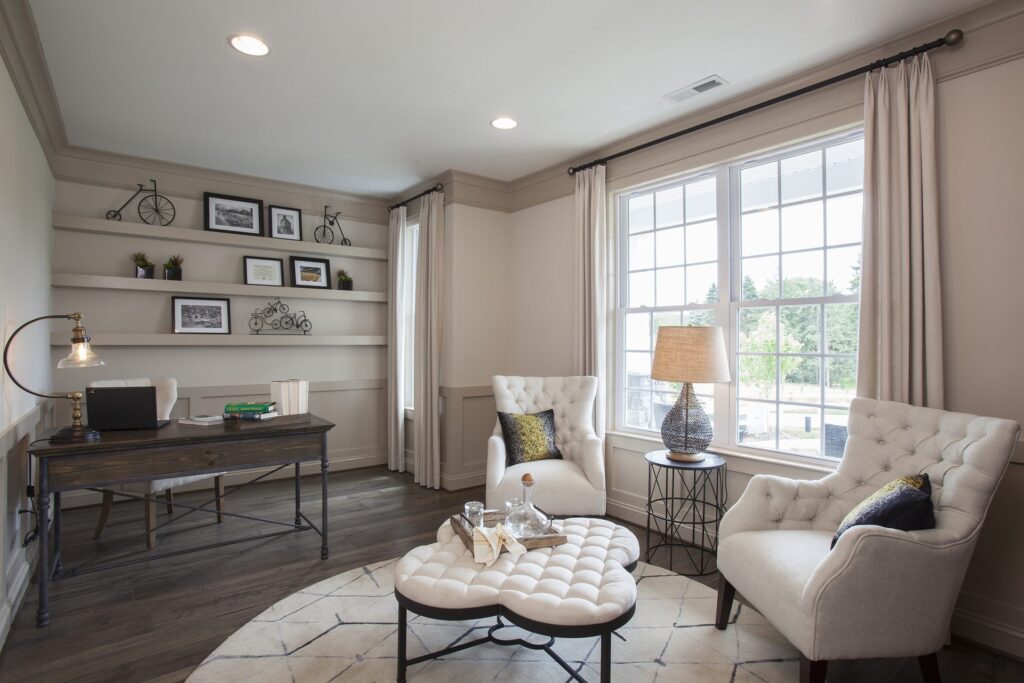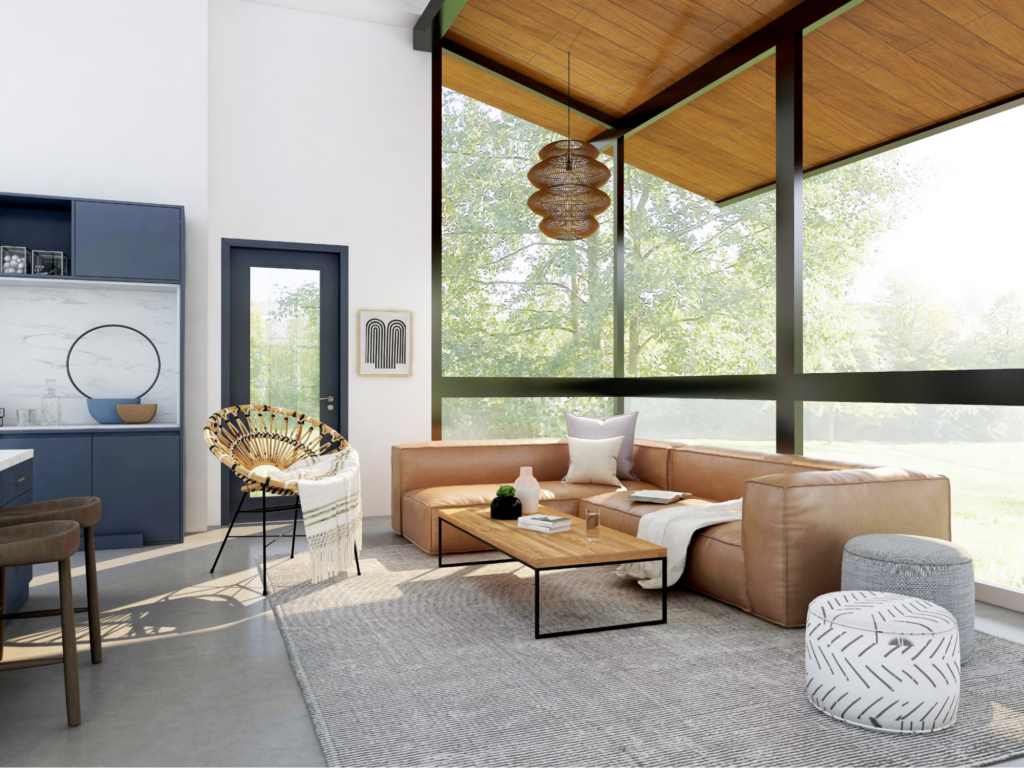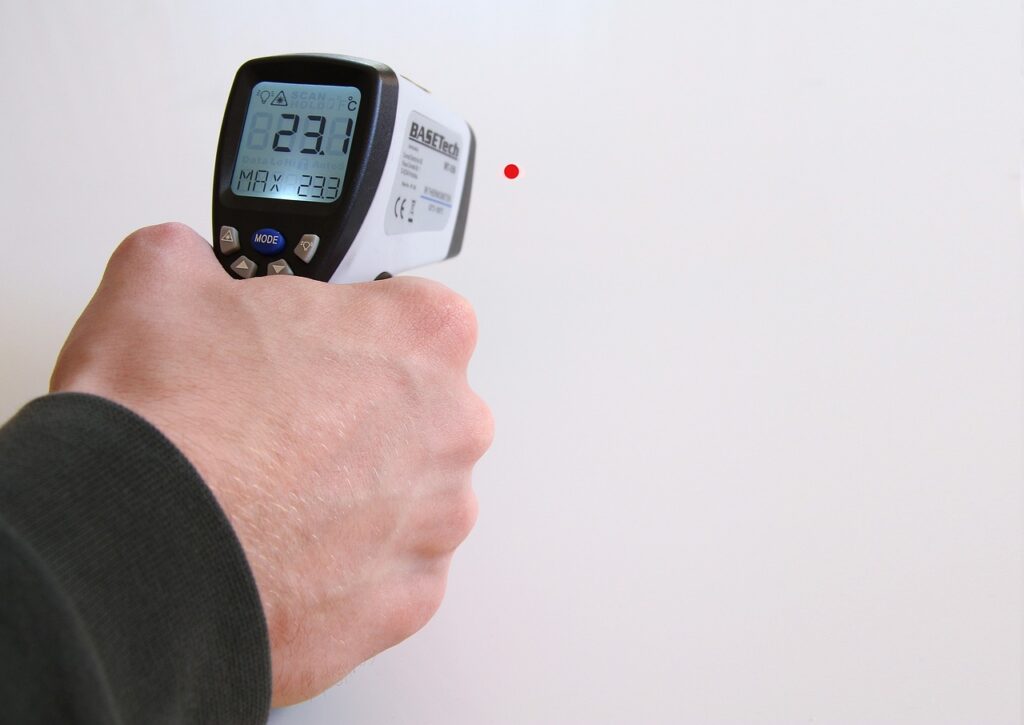When hurricane season hits Florida, homeowners rush to protect their properties. Amid the flurry of plywood panels and sandbags, some still reach for a roll of duct tape. The idea? That taping windows for hurricanes will prevent glass from shattering or at least minimize the damage. But this long-standing myth is not only ineffective; it’s actively dangerous.
Below, we’ll break down where this myth came from, why it doesn’t work, and what you should do instead to safeguard your home from flying debris and high-speed winds.
Why Do People Still Tape Windows for Hurricanes?
This misconception dates back to the mid-20th century, when news outlets and civil defense campaigns mistakenly recommended using tape in an “X” pattern to prevent windows from shattering. Even today, myths like whether taping your windows will help during a hurricane continue to circulate in social media hurricane prep lists and DIY forums.
The logic seems sound at first glance: tape might hold glass together if it breaks. But in reality, it does very little to stop breakage and may create bigger problems in the event of failure!

What Does Taping Windows Do During a Hurricane?
Taping windows for hurricanes doesn’t strengthen the glass. Instead, it can:
- Create larger, more dangerous shards: Rather than preventing breakage, the tape can hold broken glass in large chunks, making flying debris more lethal than if the window had shattered into smaller, safer pieces.
- Give a false sense of security: Believing their windows are protected, homeowners may delay or skip proper preparations like installing impact-resistant products.
- Waste critical time: In the final hours before a storm hits, taping dozens of panes is a time-consuming step that could be better spent on proven preparation methods.
So when it comes to duct taping windows for a hurricane, the short answer is simple: Don’t. Beyond simply ineffective, it’s potentially dangerous.
The Best Alternatives to Taping Windows
If you want to keep your home and family safe, focus on solutions designed and tested for high-wind impacts. Depending on your home’s layout and budget, the best options include:
- Hurricane windows: Specially engineered to resist strong winds and flying debris, hurricane windows are built with laminated glass, durable frames, and secure seals to remain intact even in Category 5 storms.
- Impact windows: Similar to hurricane windows, these are tested to meet or exceed Florida Building Code standards for impact resistance and structural performance.
- Insulated glass windows: While primarily designed for energy efficiency, insulated windows can add another layer of protection and improve your home’s resilience when combined with other storm-rated features.
- Impact doors: Your windows aren’t the only weak points! Reinforcing your doors with impact-rated materials helps maintain your home’s pressure balance and reduces the chance of structural failure.
If you’re uncertain about your home’s current level of protection, our guide Do You Have Hurricane Windows? walks you through how to identify the features of true impact products versus older or less reliable options.
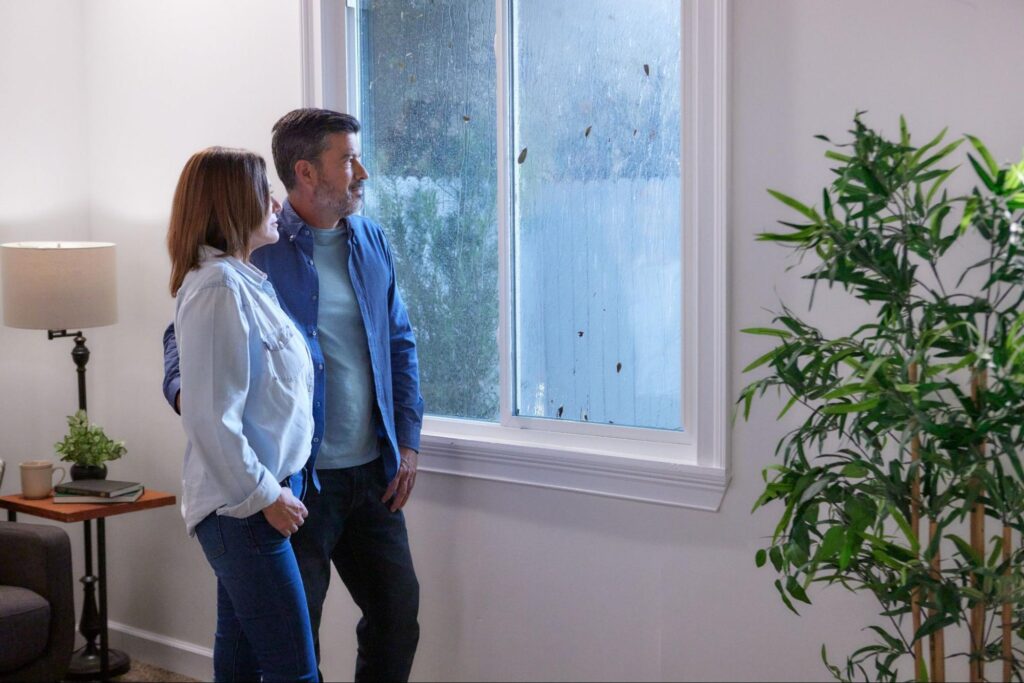
What About Hurricane Shutters?
Hurricane shutters are still widely used in Florida and can offer a decent level of protection if they’re properly installed and rated. That said, hurricane shutters come with notable drawbacks, as they can be bulky or visually intrusive, require ongoing time and effort to deploy and maintain, and often fall short in reliability compared to permanent structural solutions like impact windows.
Our team often discusses the advantages of impact windows compared to hurricane shutters during consultations. In many cases, the long-term convenience, energy efficiency, and lower maintenance of impact-rated glass outweigh the benefits of traditional shutters.
Can I Still DIY My Window Protection?
With costs on the rise, it’s natural to wonder: Can I still just board my windows myself? While boarding with plywood is still considered acceptable in emergencies, DIY solutions often fall short when it comes to lasting protection.
Here’s why: you may not have time or supplies available right before a storm, installation mistakes can create structural weaknesses, and improper boarding can even void insurance coverage or fail inspection standards.
Even if you’re handy, it’s important to recognize that reapplying temporary window protection each hurricane season is time-consuming, often inconsistent, and far less reliable than investing in a permanent solution to protect your household.
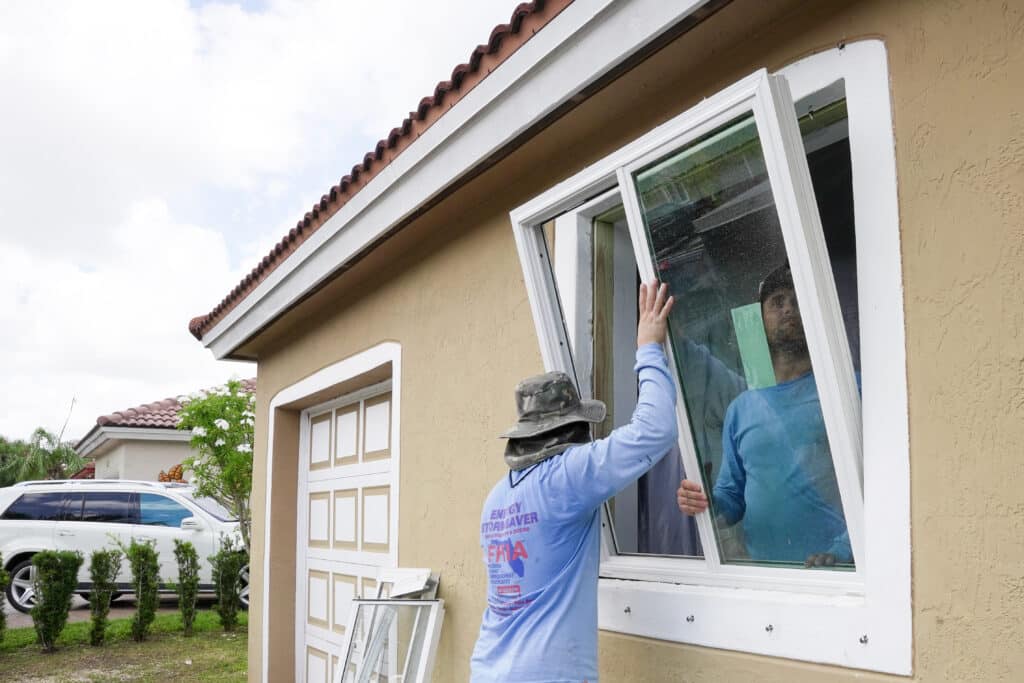
Florida Building Code: Why Compliance Matters
In Florida, impact-resistant products must pass rigorous tests to meet statewide code. This includes missile impact resistance and wind pressure tests that simulate real hurricane conditions.
All hurricane windows and impact windows offered by FHIA Remodeling are fully code-compliant and installed by trained professionals who understand Florida’s regional requirements.
That’s why, if you’re still wondering whether taping windows helps in a hurricane, the answer is clear: it doesn’t. Only code-rated solutions provide genuine protection when storm winds surge.
The Bottom Line
While the myth of taping windows lingers, the science and data are clear in that this method is ineffective and dangerous. Don’t waste time duct taping windows for a hurricane. Instead, invest in permanent, tested, and code-approved products that protect what matters most.
If you still have questions about your home impact resistance options for taking on Florida hurricanes, our team is here to help you make an informed, safe, and smart decision.
Ready to take the guesswork out of storm prep? Schedule a free consultation with FHIA Remodeling to explore hurricane-rated windows and doors designed for Florida’s toughest weather. You can also view our full list of service areas to find out if we serve your city.
